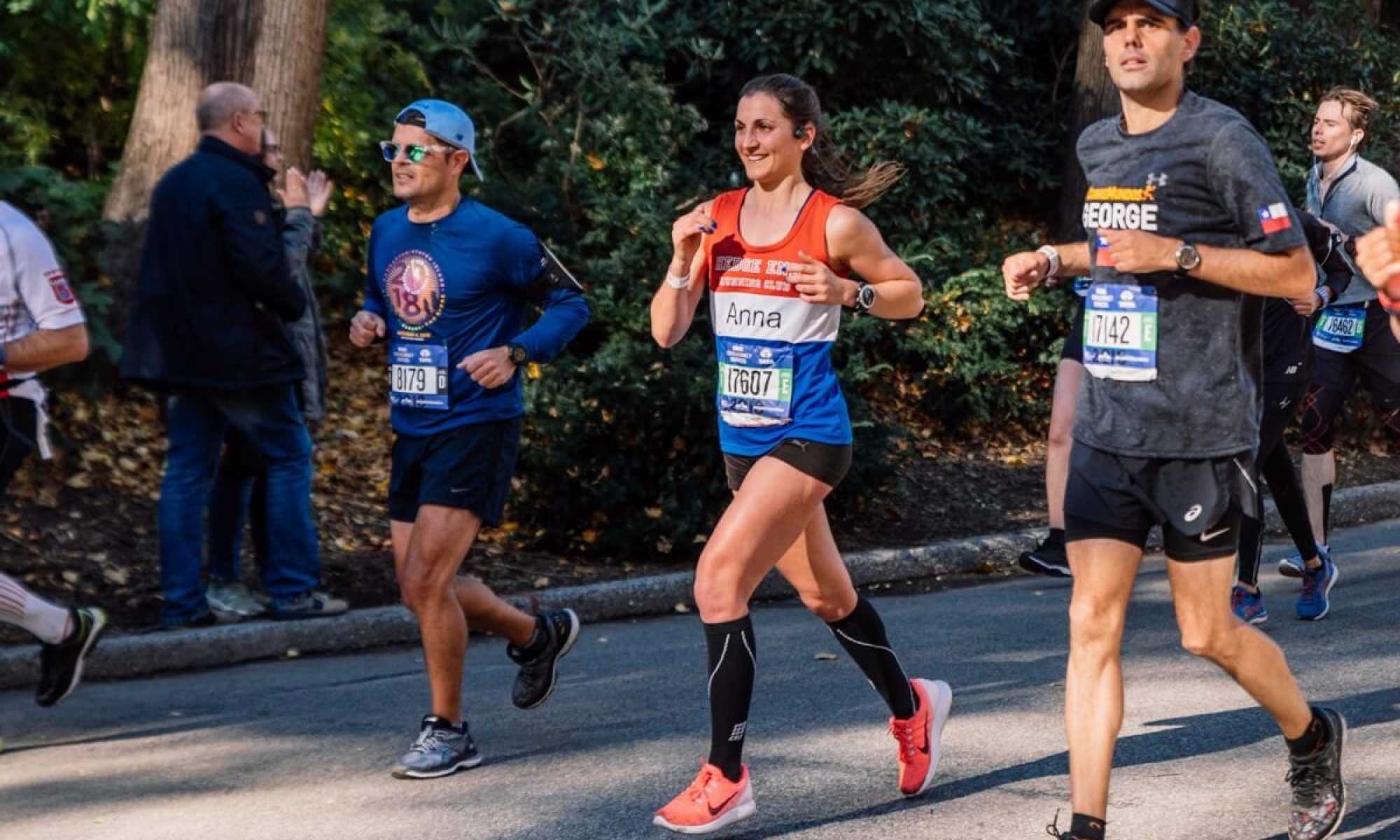Hello! I’m currently sunning myself (or exercising ridiculously hard) in Spain right now, but have a guest post lined up for you. In my ignorance, I’ve never heard of this sport before but it sounds tough!
When it comes to inclusive sport at its very best, there is nothing more impressive than a paratriathlon event unfolding in front of you.
Comprising of a 750m swim followed by a 20km cycle (handcycle or tandem), and then finishing with a 5km run or wheelchair section, it is one of the most spectacular events on the inclusive sport calendar.
As a testament to its growing popularity, the event has recently been accepted into the 2016 Paralympic Games in Rio. It also has the full backing of the ITU (International Triathlon Union), which will no doubt help it grow and develop further as an inclusive sport.
So, what are the different classes of paratriathlon for the athletes?
The Paratriathlon Classes
Paratriathlon athletes are placed in one of five different classes – PT1 to PT5 – to ensure a level playing field among competitors with varying disabilities.
PT1 class is specifically for wheelchair users and athletes who have conditions preventing them from riding a conventional bike in a safe manner. The athletes use a racing wheelchair on the running section, and a recumbent handcycle on the cycling section.
PT2, PT3 and PT4 athletes are able to use approved supportive devices and prosthesis in the running and cycling sections. The athletes in these classes are assigned on the basis of their classification assessment score. Typically, an athlete in this category may have, among other disabilities, an impairment of muscle power, limited range of movement or limb deficiencies.
Lastly, the P5 category is for athletes with partial or total visual impairment. This can vary from total blindness to varying degrees of light perception – B1, B2 or B3, as set out in the IBSA/IPC definitions. Athletes competing in this class ride a tandem bike in the cycling section and are paired with a mandatory guide to assist them throughout the race.
If you are looking for more information on the classes, this can be found in the IPC’s Laymen’s Guide for Paralympic Summer Sports.
Looking to get involved?
For British enthusiasts, British Triathlon aims to provide athletes with all of the coaching and support necessary to compete at a professional level. Based out of Loughborough University, British Triathlon are committed to unearthing and developing talent to create future athletes for Great Britain.
When it comes to equipping yourself for the paratriathlon and other inclusive cycling related activities, Quest 88 is one of the best manufacturers available. Founded over 24 years ago with the idea of providing tricycles to children with additional needs, the company has grown to become one of the most innovative providers of all ability cycling products.
With a range of equipment and designs, there is a product for everyone. Who knows where you may end up: perhaps, the next step will be competing in a paratriathlon of your very own.
Have you ever heard of a paratriathlon? I’m embarrassed to say I haven’t but I hugely admire those who take part. Absolutely epic.
Do you do any triathlons?


I hope you are enjoying Spain!
I have never heard of this- I enjoy seeing the road races where they have people in racing wheelchairs racing- they go at such speed, it’s so impressive.
Maria @ runningcupcake recently posted…Speed training, Canada and more parkrunning
I have never done a tri. I would like too and can’t imagine how hard training for that would be. Running takes a pretty good toll on me already.
Staci recently posted…Topeka Road Run 5k
I hope you had a great time in Spain!
I would love to do a triathalon, but the training for that will have to be put on hold for a while.
Dannii @ Hungry Healthy Happy recently posted…Comment on Grilled Peach, Corn and Feta Salad by David @ Spiced